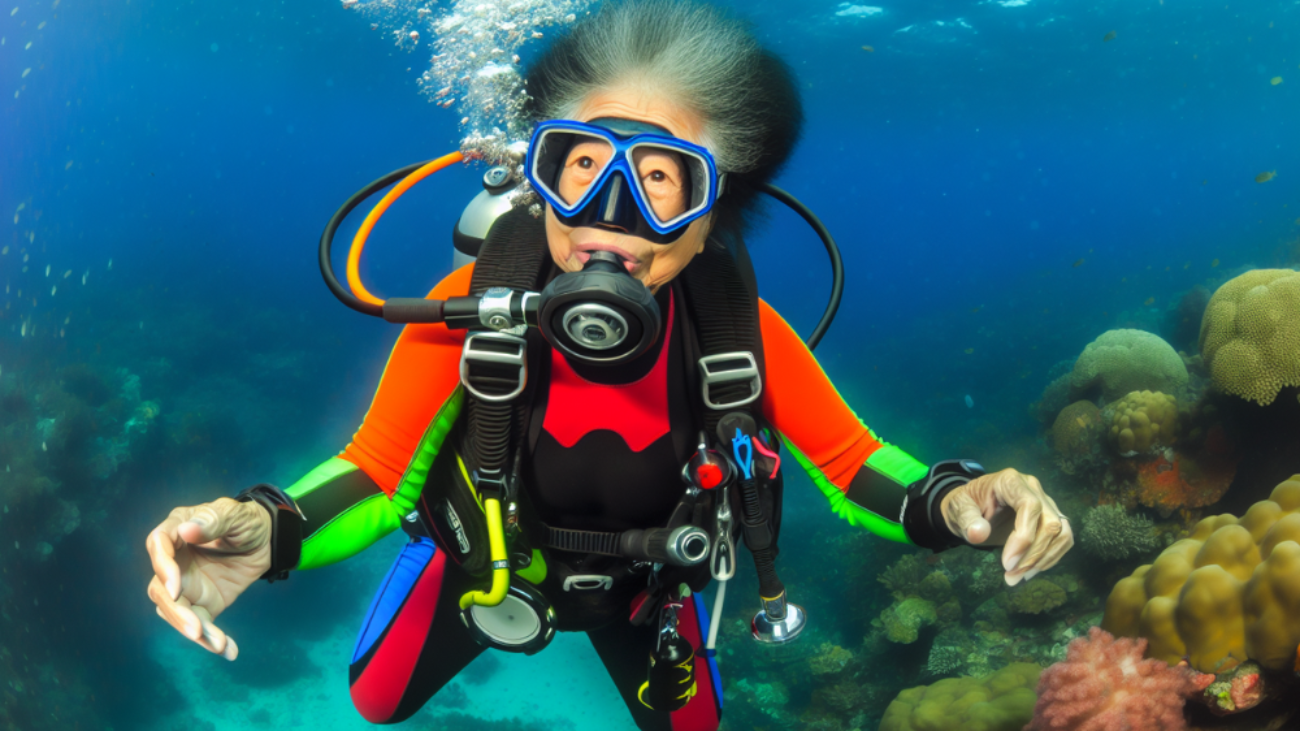For many of us, the ocean is a place of mystery and wonder as we discover its depths from afar. But what if you could get even closer to marine life? In this article, we look at the different ways you can experience marine life up close – from snorkeling in coral reefs to scuba diving with fish – and how it can be an unforgettable experience.
Introduction : General Overview
If you’re seeking an up-close encounter with marine life, look no further than your local aquarium or zoo. Swimming with the fishes is a unique and exciting experience that can provide lifelong memories.
Whether you’re interested in scuba diving or simply observing from the safety of a glass enclosure, there are plenty of opportunities to get close to some of the world’s most fascinating creatures. From the gentle giants of the sea to the tiniest of reef fish, there’s something for everyone at your local aquarium or zoo.
The Benefits of Swimming with Marine Life
There are many benefits to swimming with marine life, including the opportunity to see animals up close, learn about their behavior, and get exercise. Swimming with marine life can also provide a sense of calm and peace, as well as a sense of connection with nature.
Swimming with fish can be a very relaxing and meditative experience. Fish are often very curious creatures, and they may approach swimmers out of curiosity. This can provide an opportunity to observe their behavior and learn about their habits.
Safety Tips for Snorkeling and SCUBA Diving
Snorkeling and diving are amazing ways to get up close and personal with marine life, but it’s important to stay safe while doing so.
Here are some safety tips to keep in mind:
-Be aware of your surroundings and know where you are in relation to the shore, other swimmers, and boats.
-Wear a life jacket or buoyancy compensating device if you’re not a strong swimmer.
-Never touch or handle marine animals, even if they appear harmless. Some creatures can defend themselves powerfully even when they seem gentle.
-Be careful not to kick or disturb the coral reef while diving or snorkeling. reefs provide vital habitat for many marine creatures and can be easily damaged by careless swimmers.
Describing Different Types of Fish Species
There are over 32,000 known species of fish, and new ones are discovered every year. With so many different types of fish, it can be difficult to know where to start when learning about them. This article will provide an overview of some of the most common fish species, their characteristics, and their habitats.
One of the most popular fish is the goldfish. Goldfish are found in freshwater habitats all over the world. They range in size from a few inches to over a foot long. Goldfish are omnivorous, meaning they eat both plants and animals. Their diet consists mainly of algae, small insects, and crustaceans. Goldfish are able to adapt to a wide range of water conditions and temperatures, which makes them a popular choice for home aquariums.
Another common type of fish is the betta fish. Betta fish are native to Southeast Asia and can be found in fresh or brackish water habitats. Male betta fish are known for their brightly colored fins and aggressive behavior towards other males. Female betta fish are much less colorful and tend to be more docile. Both male and female bettas can grow up to 3 inches long. In the wild, betta fish feed on zooplankton, small insects, and mosquito larvae. Bettas kept as pets usually eat pellets or flakes designed specifically for them.
Finishing Touches: Post-Adventure Reviews and Recommendations
After your adventure swimming with the fishes, it’s important to take some time to review your experience and make recommendations for others. Here are a few things to keep in mind:
First, be sure to write a review of your adventure! Include where you went, what you saw, and how you felt. This will help others decide if this is the right adventure for them.
Second, take some time to reflect on your experience. What did you learn? What would you do differently next time? What did you love about it?
Finally, make some recommendations for others who are considering swimming with the fishes. If you loved it, tell them why! If you have any tips or advice, be sure to share those as well.
Conclusion
Swimming with the fishes can be a captivating and memorable experience. When you take the time to explore marine life up close, you gain an appreciation for the mysterious creatures that inhabit our planet and increase your knowledge about something larger than yourself. Whether snorkeling or scuba diving, these activities provide priceless opportunities for learning, exploration and personal growth. Agents of Change Environmental Charities is committed to preserving aquatic ecosystems around the world by providing education, advocacy and community outreach programs to help ensure healthy populations of fish everywhere. Together we can make a difference in our ocean’s future!

